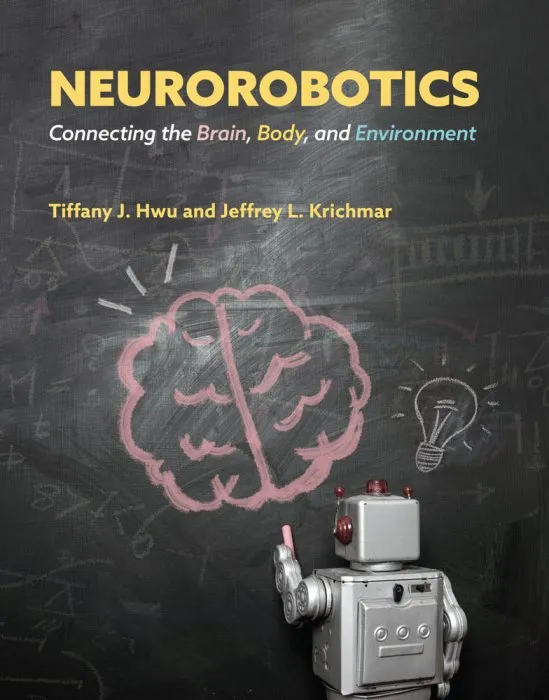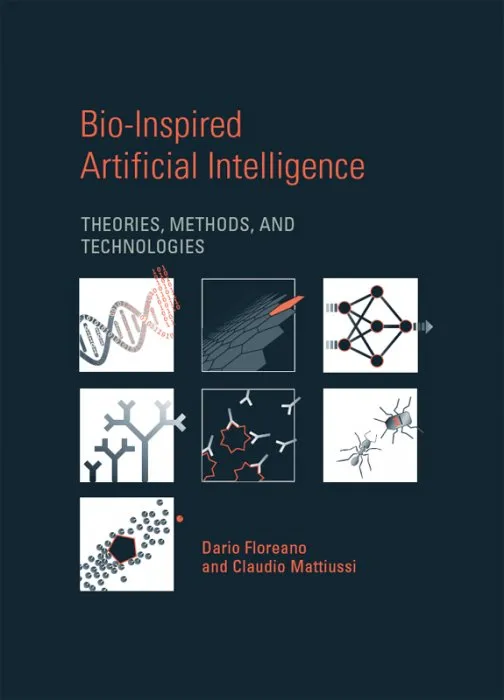Neurorobotics: Connecting the Brain, Body, and Environment (Intelligent Robotics and Autonomous Agents)

Date: November 29th, 2022
ISBN: 0262047063
Language: English
Number of pages: 244 pages
Format: EPUB
Add favorites
An introduction to neurorobotics that presents approaches and design principles for developing intelligent autonomous systems grounded in biology and neuroscience.
Neurorobotics is an interdisciplinary field that draws on artificial intelligence, cognitive sciences, computer science, engineering, psychology, neuroscience, and robotics. Because the brain is closely coupled to the body and situated in the environment, neurorobots—autonomous systems modeled after some aspect of the brain—offer a powerful tool for studying neural function and may also be a means for developing autonomous systems with intelligence that rivals that of biological organisms. This textbook introduces approaches and design principles for developing intelligent autonomous systems grounded in biology and neuroscience. It is written for anyone interested in learning about this topic and can be used in cognitive robotics courses for students in psychology, cognitive science, and computer science.
Neurorobotics covers the background and foundations of the field, with information on early neurorobots, relevant principles of neuroscience, learning rules and mechanisms, and reinforcement learning and prediction; neurorobot design principles grounded in neuroscience and principles of neuroscience research; and examples of neurorobots for navigation, developmental robotics, and social robots, presented with the cognitive science and neuroscience background that inspired them. A supplementary website offers videos, robot simulations, and links to software repositories with neurorobot examples.
Neurorobotics is an interdisciplinary field that draws on artificial intelligence, cognitive sciences, computer science, engineering, psychology, neuroscience, and robotics. Because the brain is closely coupled to the body and situated in the environment, neurorobots—autonomous systems modeled after some aspect of the brain—offer a powerful tool for studying neural function and may also be a means for developing autonomous systems with intelligence that rivals that of biological organisms. This textbook introduces approaches and design principles for developing intelligent autonomous systems grounded in biology and neuroscience. It is written for anyone interested in learning about this topic and can be used in cognitive robotics courses for students in psychology, cognitive science, and computer science.
Neurorobotics covers the background and foundations of the field, with information on early neurorobots, relevant principles of neuroscience, learning rules and mechanisms, and reinforcement learning and prediction; neurorobot design principles grounded in neuroscience and principles of neuroscience research; and examples of neurorobots for navigation, developmental robotics, and social robots, presented with the cognitive science and neuroscience background that inspired them. A supplementary website offers videos, robot simulations, and links to software repositories with neurorobot examples.
Download Neurorobotics: Connecting the Brain, Body, and Environment (Intelligent Robotics and Autonomous Agents)
Similar books
Information
Users of Guests are not allowed to comment this publication.
Users of Guests are not allowed to comment this publication.




